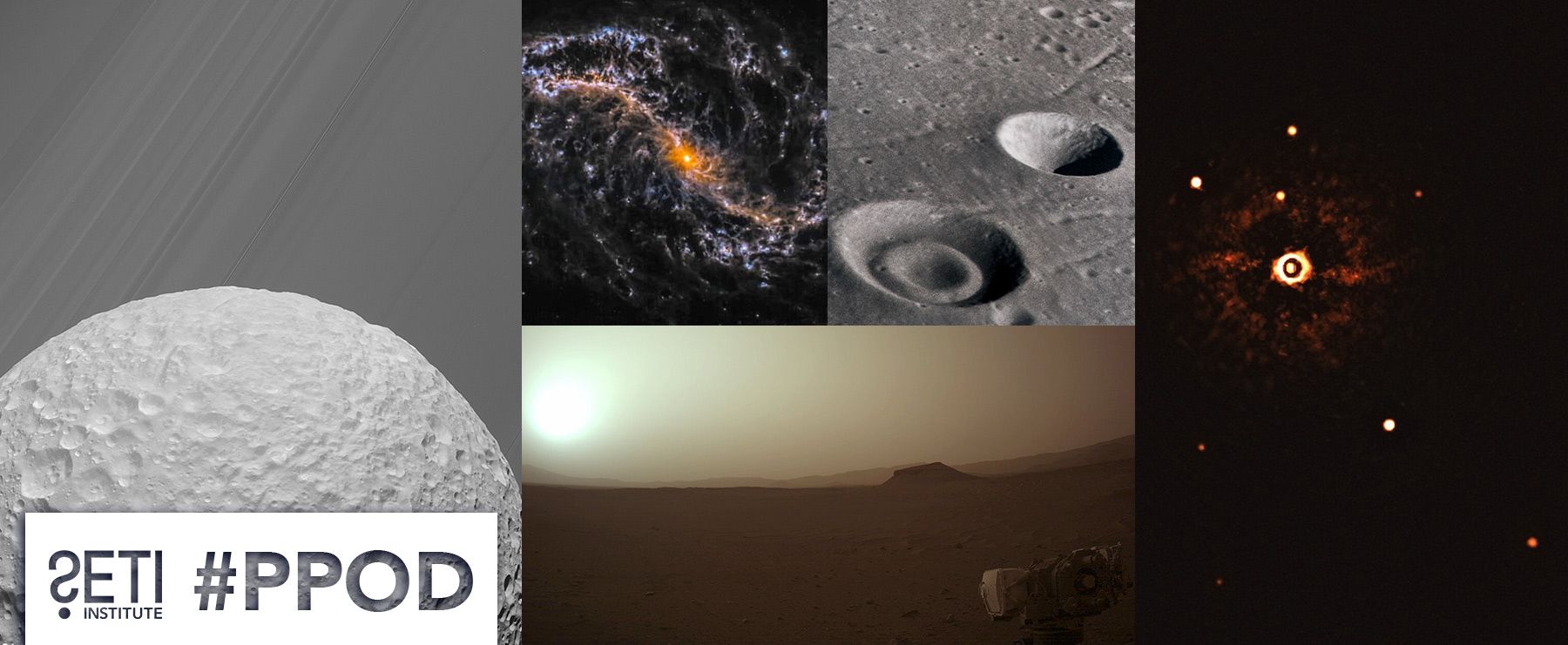
Planetary Picture of the Day
Week of August 8, 2022
From glimpses of the very far to the amazing details of what's not so far.
Monday, August 8, 2022
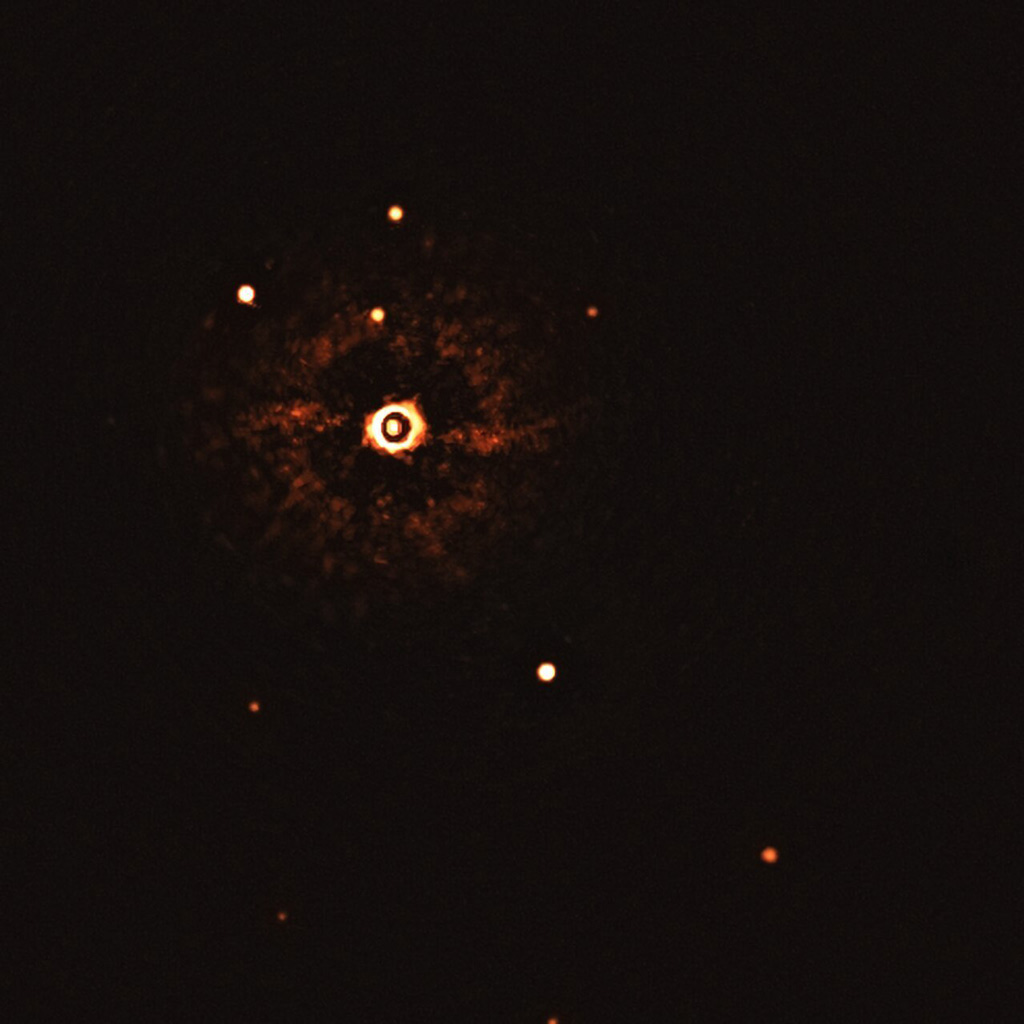
CREDIT: ESO/Bohn et al.
Direct Observation of Planetary System
This image, captured by the SPHERE instrument on ESO’s Very Large Telescope, shows the star TYC 8998-760-1 accompanied by two giant exoplanets, TYC 8998-760-1b and TYC 8998-760-1c. This is the first time astronomers have directly observed more than one planet orbiting a star similar to the Sun.
The two planets are visible as two bright dots in the centre (TYC 8998-760-1b) and bottom right (TYC 8998-760-1c) of the frame. Other bright dots, which are background stars, are visible in the image as well. By taking different images at different times, the team were able to distinguish the planets from the background stars.
The image was captured by blocking the light from the young, Sun-like star (top-left of centre) using a coronagraph, which allows for the fainter planets to be detected. The bright and dark rings we see on the star’s image are optical artefacts.
Tuesday, August 9, 2022
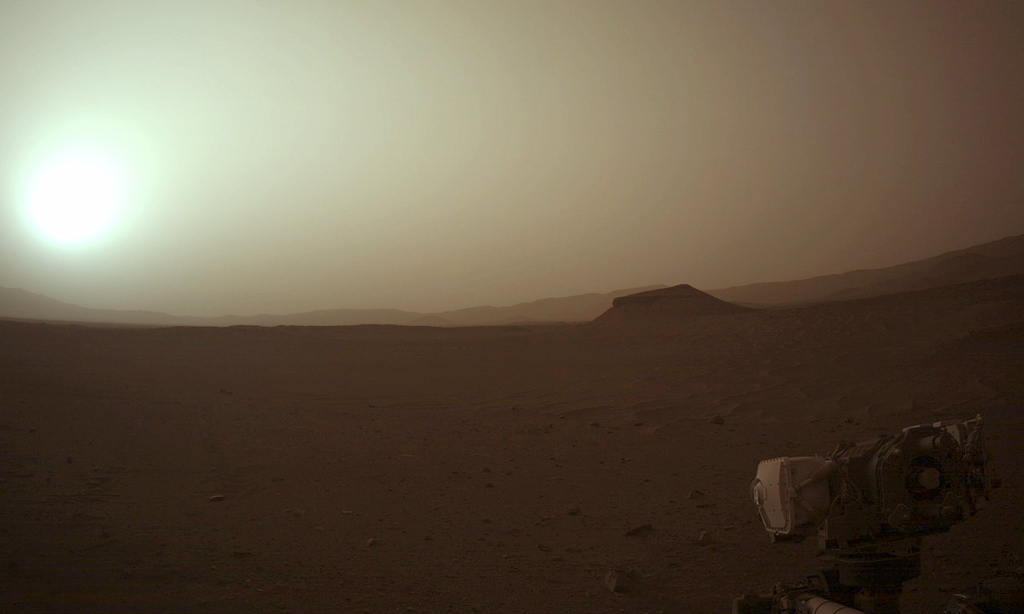
Credit: NASA/JPL-Caltech/S Atkinson
Martian Sunshine
Check out this absolutely stunning view of Jezero crater on Mars captured by the Perseverance rover on Sol 520.
Wednesday, August 10, 2022
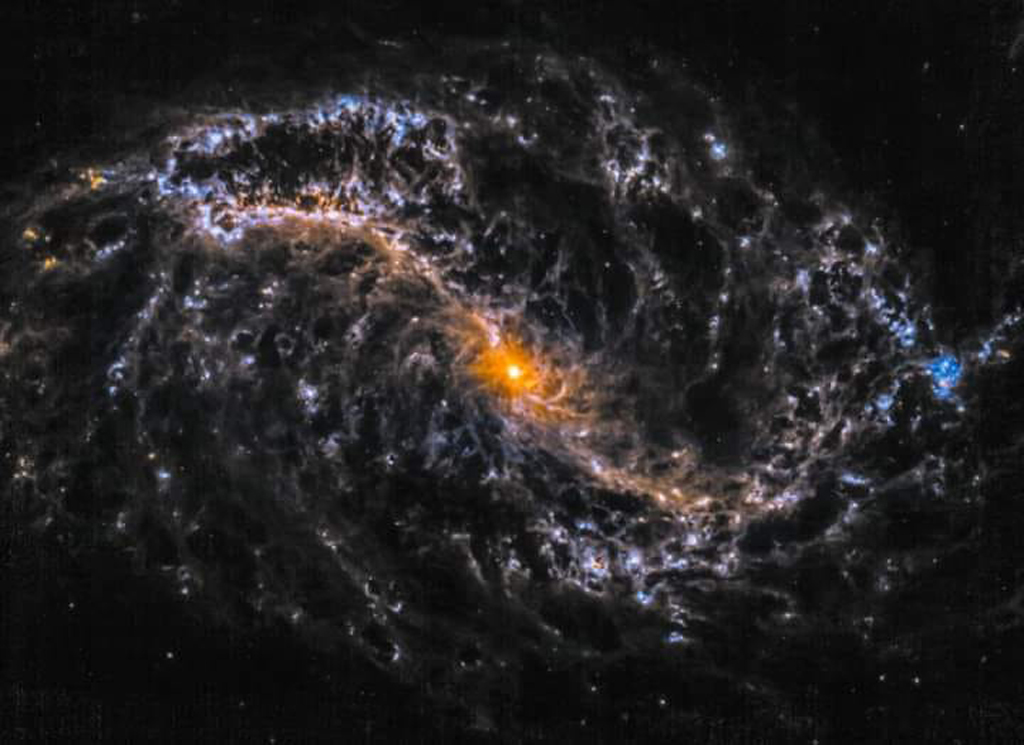
Credit: NASA/ESA/CSA/STSCI/Judy Schmidt
Galaxy NGC 7496
NGC 7496 is the first spiral galaxy that JWST looked at during its science phase. A beautiful spiral galaxy about 24 million light-years away in the constellation of Grus, it’s stuffed with star clusters and dust lanes here glowing bright in infrared instead of being dark as they usually are in the visible. Per Judy Schmidt: "In it, you can see continuum (think the whole rainbow) dust as orange, and emission line (a rainbow sliver) in cyan."
Thursday, August 11, 2022
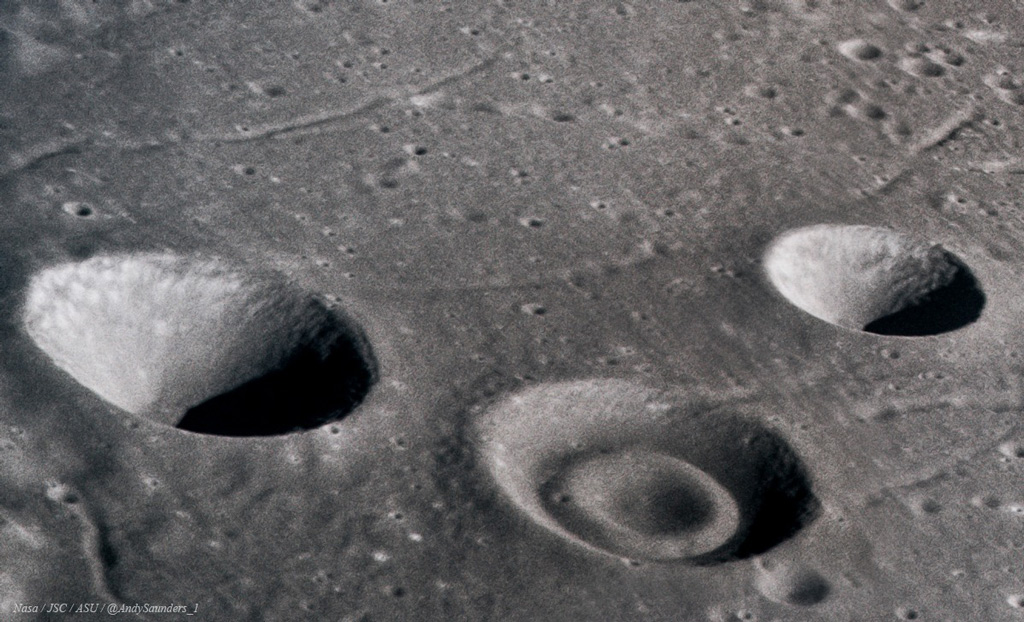
Credit: NASA / JSC / ASU / Andy Saunders
Seeing Double
Check out this donut-shaped impact crater on the Moon, as captured by the crew of Apollo 15 in 1971. The double crater is located in the much larger Humboldt crater, which can be see on the eastern limb of the Moon.
Friday, August 12, 2022
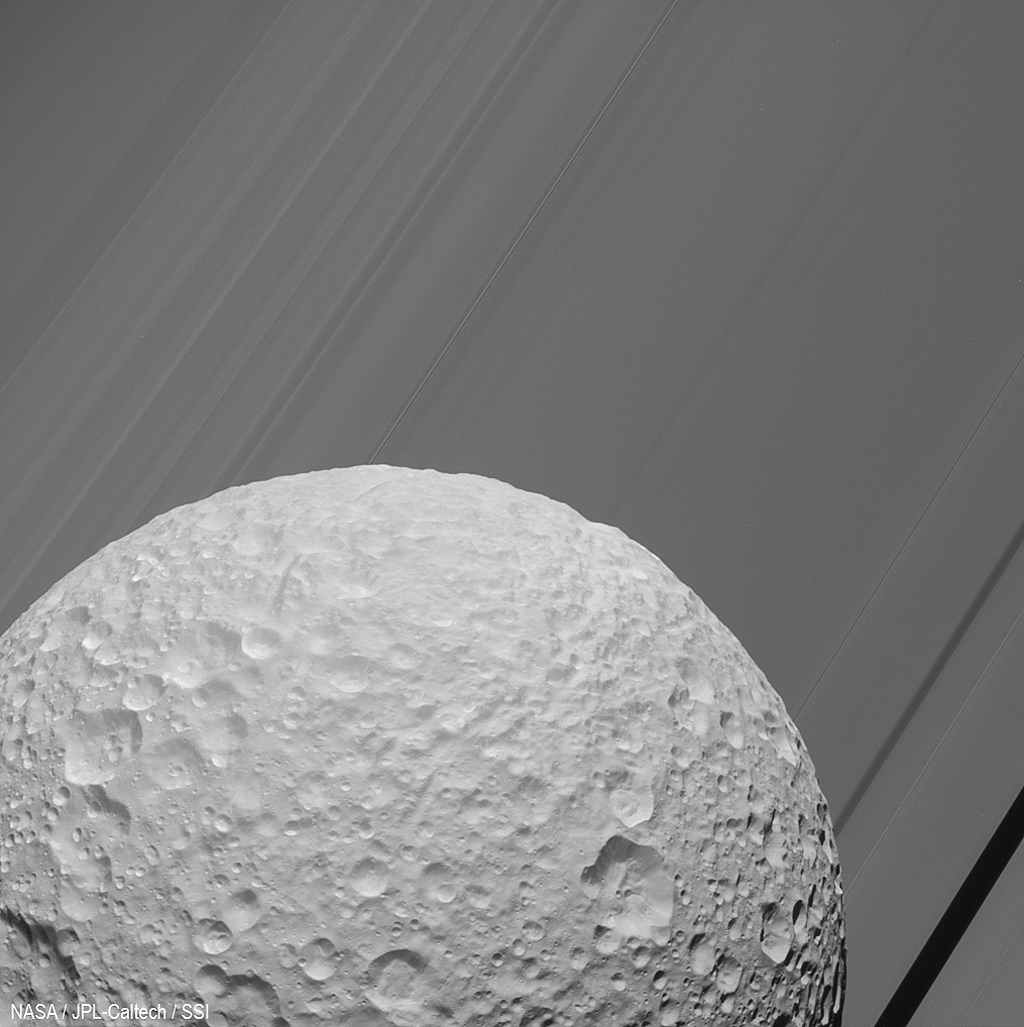
Credit: NASA/JPL-Caltech/SSI
Saturnian Ring-scape
Mimas (415 km) in front of Saturn's rings, imaged by Cassini on August 2, 2005 from about 66,000 km away.





